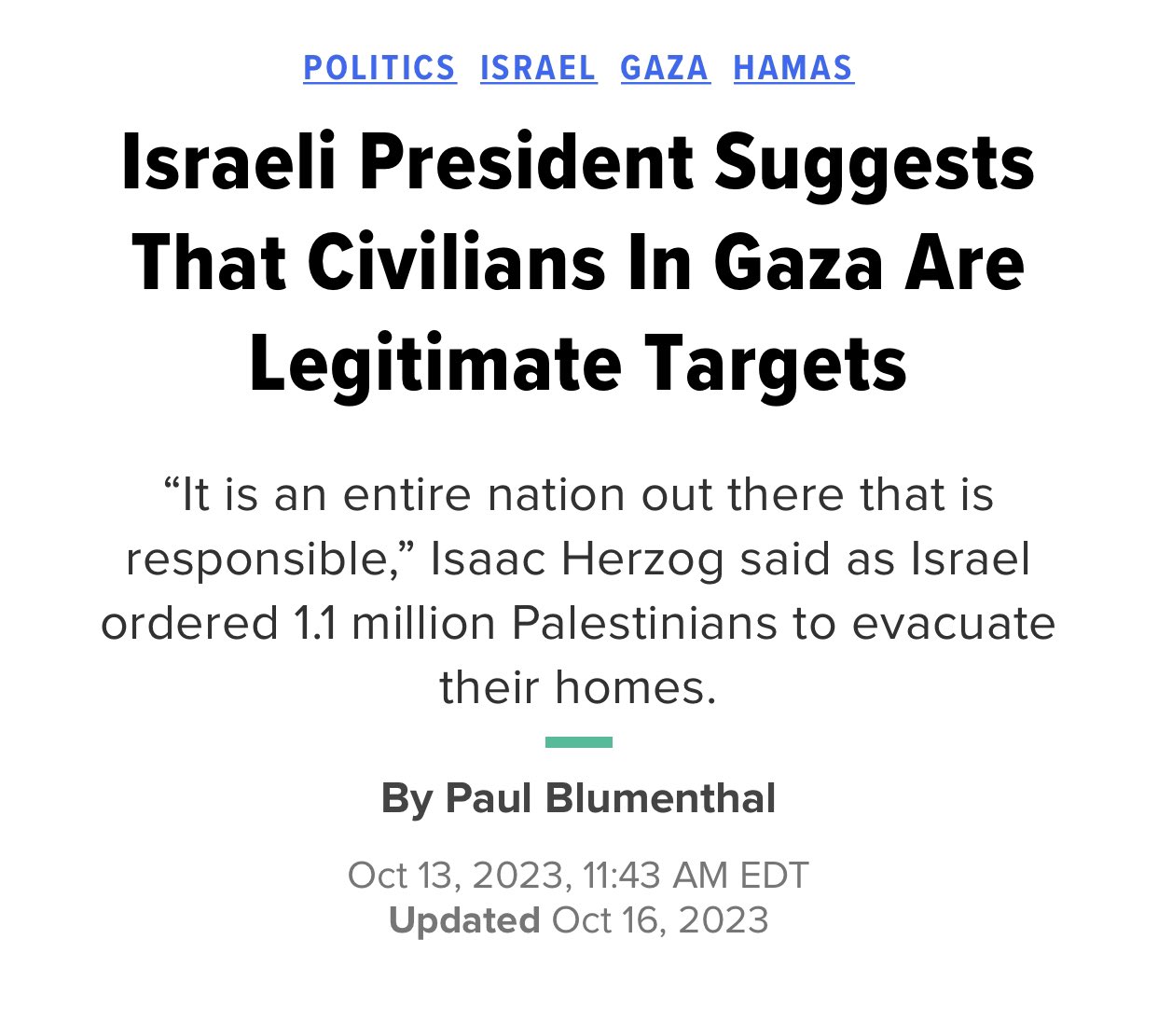The phrase "in whole or in part" has been subject to much discussion by scholars of international humanitarian law.
[61] In the Ruhashyankiko report of the United Nations it was once argued that the killing of only a single individual could be genocide if the intent to destroy the wider group was found in the murder,
[62] yet official court rulings have since contradicted this. The International Criminal Tribunal for the Former Yugoslavia found in
Prosecutor v. Radislav Krstic – Trial Chamber I – Judgment – IT-98-33 (2001) ICTY8 (2 August 2001)[63] that Genocide had been committed. In
Prosecutor v. Radislav Krstic – Appeals Chamber – Judgment – IT-98-33 (2004) ICTY 7 (19 April 2004)[64] paragraphs 8, 9, 10, and 11 addressed the issue of
in part and found that "the part must be a substantial part of that group. The aim of the Genocide Convention is to prevent the intentional destruction of entire human groups, and the part targeted must be significant enough to have an impact on the group as a whole." The Appeals Chamber goes into details of other cases and the opinions of respected commentators on the Genocide Convention to explain how they came to this conclusion.
The judges continue in paragraph 12, "The determination of when the targeted part is substantial enough to meet this requirement may involve a number of considerations. The numeric size of the targeted part of the group is the necessary and important starting point, though not in all cases the ending point of the inquiry. The number of individuals targeted should be evaluated not only in absolute terms but also in relation to the overall size of the entire group. In addition to the numeric size of the targeted portion, its prominence within the group can be a useful consideration. If a specific part of the group is emblematic of the overall group or is essential to its survival, that may support a finding that the part qualifies as substantial within the meaning of Article 4 [of the Tribunal's Statute]."
[65][66]
In paragraph 13 the judges raise the issue of the perpetrators' access to the victims: "The historical examples of genocide also suggest that the area of the perpetrators' activity and control, as well as the possible extent of their reach, should be considered. ... The intent to destroy formed by a perpetrator of genocide will always be limited by the opportunity presented to him. While this factor alone will not indicate whether the targeted group is substantial, it can—in combination with other factors—inform the analysis

